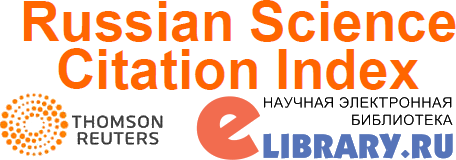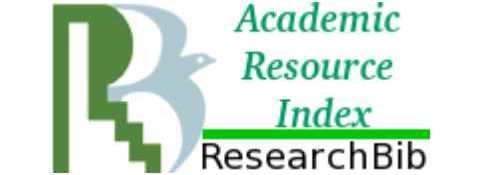Relationship of transposable elements with non-coding RNAs in the development of atherosclerosis (review)
Background: Atherosclerosis is the leading cause of cardiovascular pathology in adults around the world. Association of the disease with age indicates the presence of common mechanisms for the development of aging and atherosclerosis. More data is emerging in the scientific literature on the role of non-coding RNAs and transposable elements in the mechanisms of aging and atherosclerosis. The search for the exact molecular mechanisms of atherosclerosis at the epigenetic levels will allow the development of new therapeutic methods. The aim of the study:To determine the role of transposable elements and non-coding RNAs in the etiopathogenesis of atherosclerosis and their relationship with each other. Materials and methods: We used the Scopus, WoS, PubMed databases to analyze the role of miRNAs, long non-coding RNAs, and retroelements in the development of aging ant atherosclerosis. Results: According to the analyzed literature, an important factor in the development of atherosclerosis is the pathological activation of transposable elements during aging, causing an interferon response and aseptic inflammation in the walls of blood vessels. The role of epigenetic factors in the etiopathogenesis of atherosclerosis has been determined, including microRNAs and long non-coding RNAs that change the expression of specific genes in macrophages, vascular smooth muscle cells and endothelial cells. Activation of transposable elements is reflected in changes in the expression of long non-coding RNAs and microRNAs that originate from them in evolution or are formed during the processing of their transcripts. An analysis of the scientific literature revealed 64 microRNAs derived from transposable elements, changes in the expression of which are specific to atherosclerosis. Of the 64 identified microRNAs, 34 are associated with aging, which indicates the role of activation transposable elements during aging in the initiation of the development of atherosclerosis. Conclusion: Since transposable elements are drivers of epigenetic regulation in ontogenesis, the results obtained for the first time in the scientific literature describe the most likely mechanisms of the influence of aging mechanisms on the development of atherosclerosis at the epigenetic level. This is due to the pathological activation of transposable elements during aging, which affects changes in the expression of non-coding RNAs derived from them due to the presence of complementary sequences and participation in general epigenetic networks regulating genome functioning. The data obtained on the role of microRNAs derived from transposable elements in the development of both atherosclerosis and aging confirm the proposed mechanisms of disease pathogenesis
Mustafin RN, Khusnutdinova EK. Relationship of transposable elements with non
coding RNAs in the development of atherosclerosis (review). Research Results in Biomedicine.
2025;11(1):31-56. Russian. DOI:10.18413/2658-6533-2025-11-1-0-2





















While nobody left any comments to this publication.
You can be first.